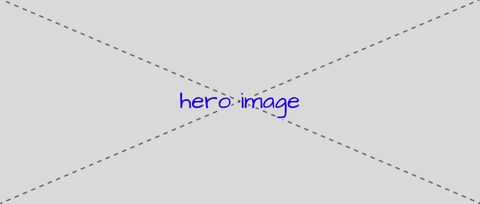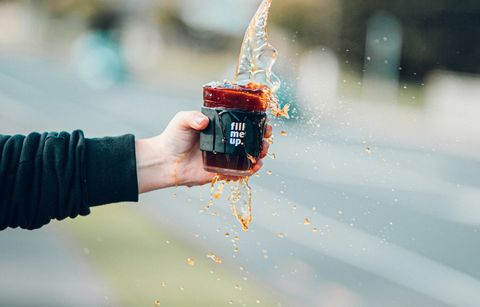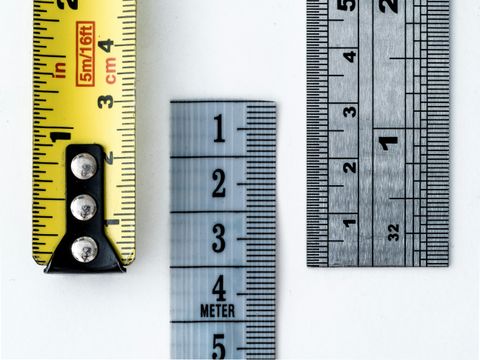A few years ago, OddBird started working on a polyfill for CSS Anchor
Positioning as the spec started to take form. Now that the spec has stabilized
and Chromium has begun implementation, we are relying on our sponsors to support
development of the polyfill. Thanks to their contributions, we’re releasing
v0.1.0.
Updates in v0.1.0
position-anchor
In their full form, anchor functions can be quite verbose and repetitive.
#target {
top: anchor(--my-anchor bottom);
width: anchor-size(--my-anchor width);
}
position-anchor allows you to specify a default anchor for an element.
#target {
position-anchor: --my-anchor;
top: anchor(bottom);
width: anchor-size(width);
}
You can also use this to share positioning rules while using different anchors.
Both Target A and Target B will be positioned to the right of their anchor, but
they will use different respective anchors.
.target {
left: anchor(right);
}
.target#a {
position-anchor: --anchor-a;
}
.target#b {
position-anchor: --anchor-b;
}
position-anchor will also be useful for things like inset-area, which
isn’t yet supported by the polyfill.
- Anchor validity
Thanks to a great contribution from @ayoreis, the validity algorithm has been
updated to match the spec. More can be found in the issue, but this change
makes more elements available for anchoring. Notably, you can now anchor to
another element that is anchored as well (as long as the anchor element is layed
out before the target element).
- Support multiple names in
anchor-name.
In this example, both #target-a and #target-b are referring to the same
element, but with different names.
.anchor {
anchor-name: --a, --b;
}
#target-a {
position-anchor: --a;
}
#target-b {
position-anchor: --b;
}
This will enable a number of use cases where a target can be anchored to
different anchors, depending on what is available. Perhaps some of your pages
have a different layout, where you want #target-b to anchor to a
#side-anchor if there is one, but otherwise to the default .anchor.
.anchor#side-anchor {
anchor-name: --b;
}
What’s next?
While a lot of the basic functionality is already possible with the polyfill,
there’s a lot left to do to bring the polyfill up to date with the spec. Our
v1.0.0 Milestone is prioritized based on what we think will be the most
impactful and useful features, and some of the upcoming ones are:
- #91 Applying the polyfill to dynamic elements
- #167 Position Fallback
- #180
anchor-scope
- #181 Support for
inset-area
If you’re as excited as I am to use these features, there are a few ways you can
help. First, let us know which features you’re most eager to see supported by
commenting on the GitHub issues. We also welcome PRs.
And of course, sponsoring OddBird’s Open Source work is a great way to help
make our continued work on this polyfill (and others) possible. We’re grateful
for our existing sponsors who have made this release possible, and you can see
them below.









